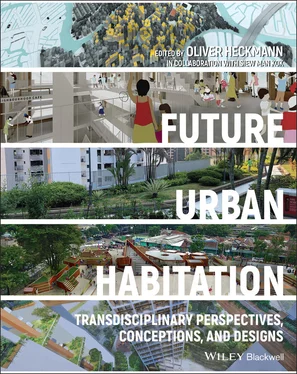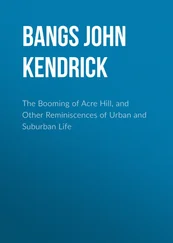Home Care Service from a Proximity Perspective
Barcelona City Council has promoted a new concept of SAD in order to provide it with a proximity perspective. Originally, before its exponential growth, the SAD had a local perspective yet. This was helped by the fact that it was a smaller service, included in social services and run by municipal workers. But the SAD that has predominated in recent years, and described above, has lost contact with the neighbourhoods and areas where dependent people live and does not consider territorial distribution, while some areas of the city have a far greater density of users than others ( Figure 1.1).
Therefore, the implementation of a proximity SAD has been planned in order to improve the quality of the service, working conditions (in material and symbolic terms), and its overall sustainability (economic and ecological). This redesigning is based on the idea of creating teams of professionals (10–15 people) who care for a group of dependent people (between 50 and 75) that live in a particular local area. This area has been defined as a ‘social superblock’, replicating and adapting the concept of ‘mobility superblocks’. Their size allows them to be perceived as the reference urban habitat for service users, and allows for the efficient coordination of the journeys made by the teams. The idea is to locate a small logistics base in each social superblock, from which the team is able to plan its care work, as personalized and flexible as necessary, and share the monitoring of the service users. The challenge is to achieve an SAD that is as sustainable as possible and which generates recognition among the general public and in the area of social and healthcare services, so that professionalized care work can become an attractive job.
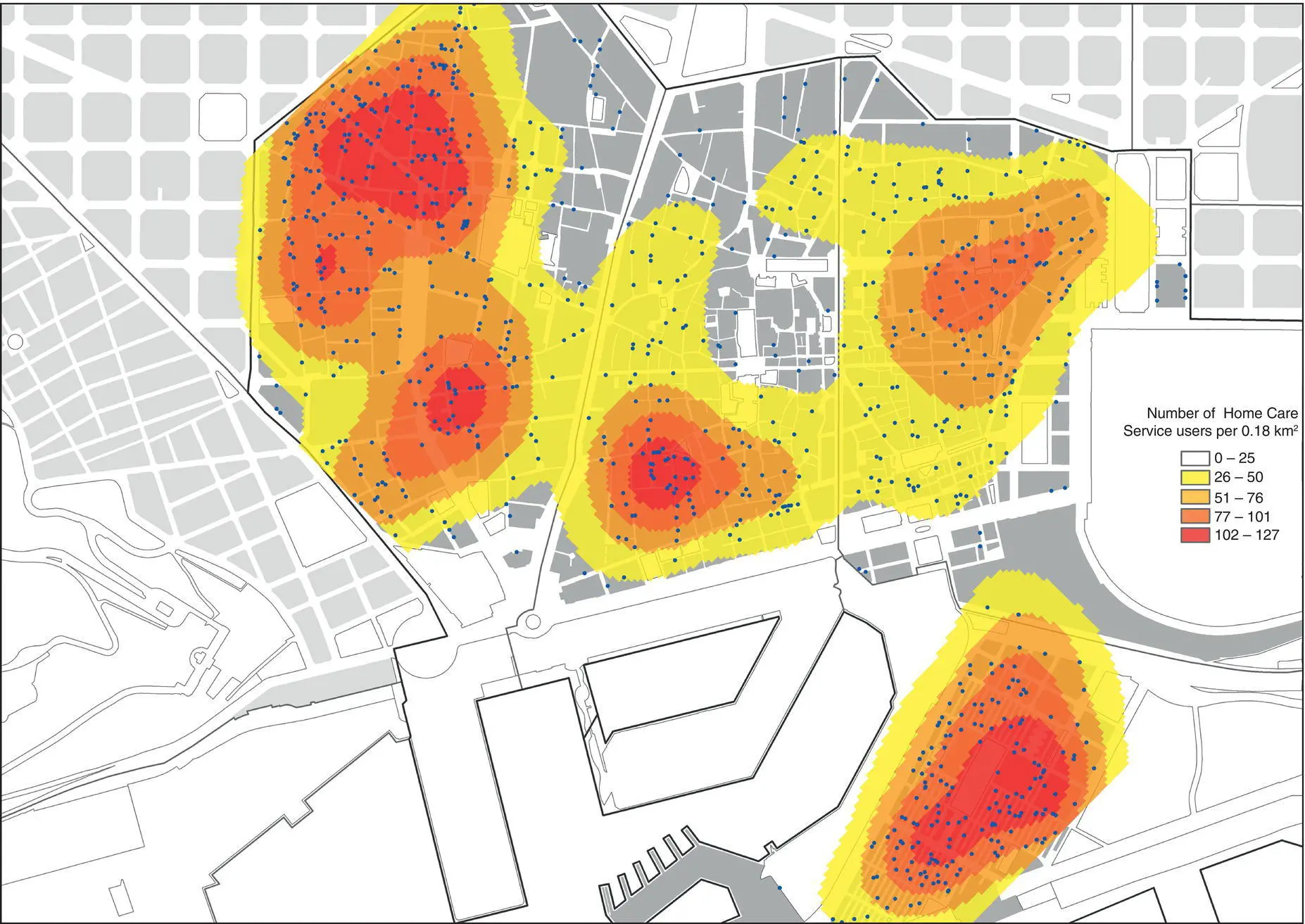
Figure 1.1 Density of SAD's users and locations in the District of Ciutat Vella.
Source: Department of Research and Knowledge, Area of Social Rights, Barcelona City Council.
The most recent projection divides Barcelona into 316 SAD teams, which would provide care services to dependent persons living in their corresponding superblocks (BCNEcologia 2019). This delimitation ( Figure 1.2) has been carried out using administrative, urban planning, management, and demographic‐density criteria. However, this is one of many proposed territorial management units for a future local SAD covering the whole city. This would vary according to any changes that may occur, starting with the number of service users, the hours of service, and their spatial distribution.
Since 2017, Barcelona City Council has implemented eight proximity SAD pilot projects in superblocks located in four neighbourhoods of the city ( Figure 1.3), caring for over 500 dependent persons and involving over 90 professional workers. Their identification is the result of the initial steps taken towards producing a map of the city's social superblocks. The project has been inspired by the model employed by the social company Buurtzorg, in the Netherlands, a pioneering organization in the implementation of a holistic, community‐based home care model with the teamwork of professionals who work with a high degree of self‐management.
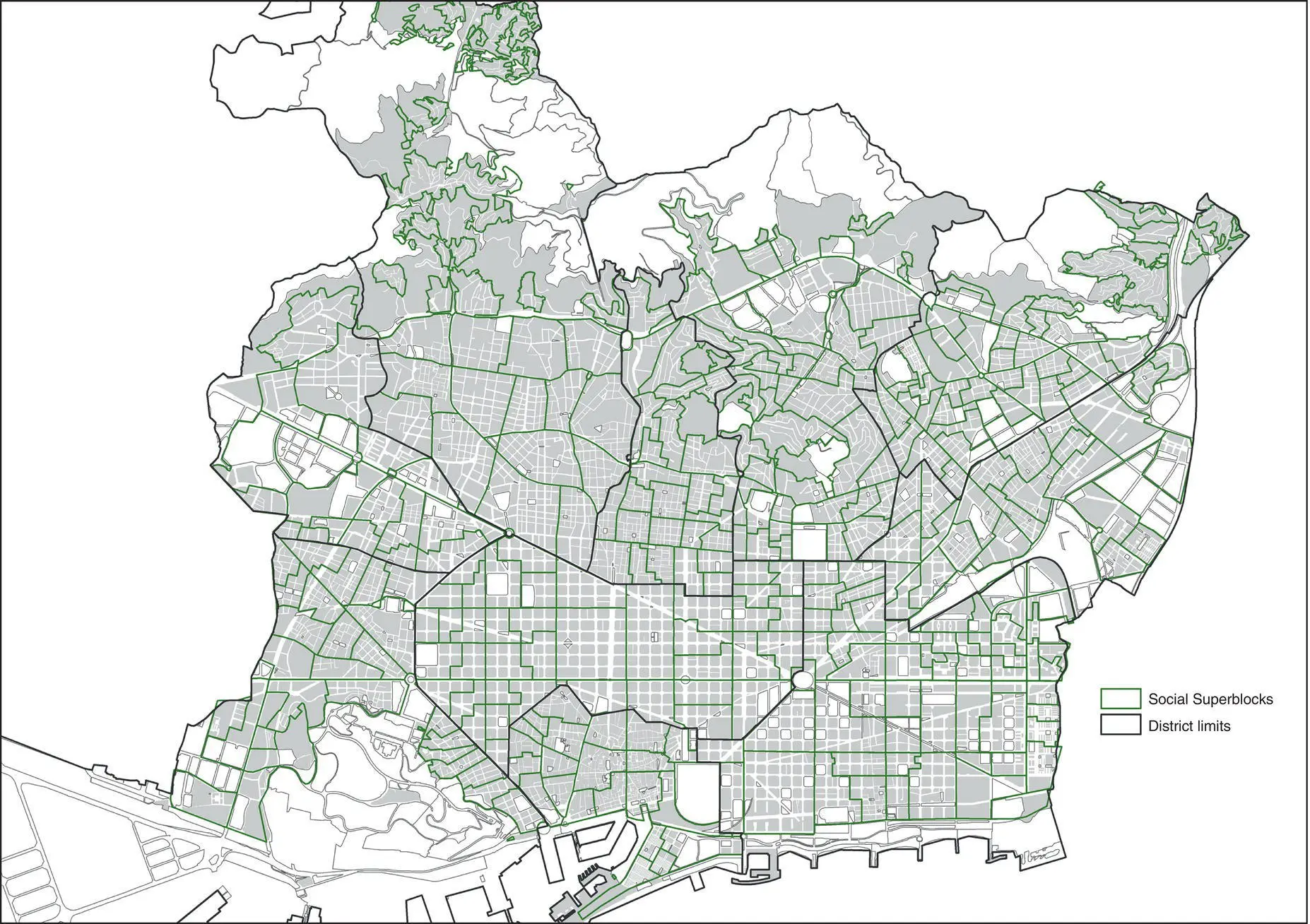
Figure 1.2 Provisional map of SAD superblocks, Barcelona 2019.
Source: Barcelona Urban Ecology Agency (BCNEcologia).
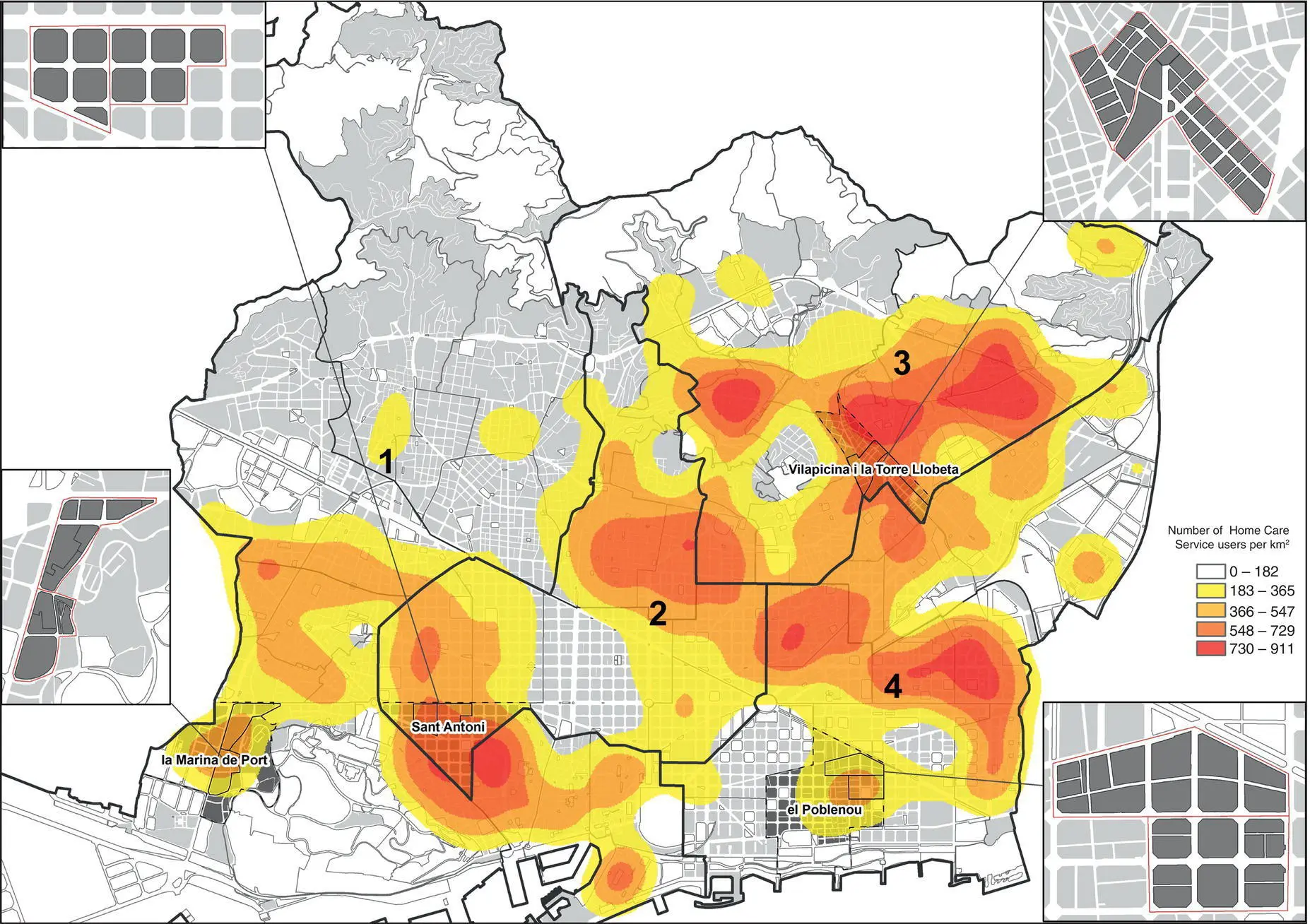
Figure 1.3 Density of SAD's users and location of the proximity SAD pilot projects in superblocks.
Source: Department of Research and Knowledge, Area of Social Rights, Barcelona City Council.
With an awareness of the different contexts, in Barcelona the model has been employed in the following way: each superblock has an SAD team that cares for the people who live there. They always receive care from a professional in the team: normally between two and three professionals visit a person's home per month, depending on the number of hours of service provided to each service user. Teamwork ensures the continuity of the service and personalized care, which is severely undermined in the traditional model, due to the need for substitutes to take on the role when the regular professional is unable to go. Teamwork and the proximity of people's homes make it possible to adapt the service to full working days or over 30 hours a week, as well as to any situations occurring in people's homes. This increases the frequency of services and communication between service users and professionals, and encourages decisions to be taken in the local area, facilitating the self‐organization of the teams and a dynamic of empowerment in the care sector. A qualitative sociological study (Moreno‐Colom 2020), shows that the new design makes it possible for care work to be more professional and to gain recognition. This has been helped by the fact that the teams that work in the superblocks are visible in the neighbourhood. They have become involved in order to form a connection between the service users and the superblock, an important factor that should be approached methodologically in the near future.
There are plans for this model to become operational in a total of 60 superblocks in 2021 and 2022. The goal is to extend it throughout the city, replacing the traditional model. The pilot projects provide the necessary learning process for dealing with subsequent scalability, always taking into account the particular features and needs of each area. They are an important innovation exercise because they break away from the logic used to organize this service in recent years.
Community Action to Foster Co‐Responsibility and Social Capital
The second line of action concerns innovative community interventions that are deployed by the Barcelona City Council in the area of care and mutual support. It is based on the following theory of change: interventions based on the creation of social capital (Portes 1998; Patulny and Svendsen 2007) and the dynamics of solidarity – not charity – help to make people more resilient to the impact of situations that happen to them and expose them to social exclusion and poverty. This type of intervention prevents social isolation, fosters social cohesion and interdependence – where people can be co‐responsible for caring for each other – and helps to create a feeling of belonging and to diversify resources in order to ensure the sustainability of life and social and health policies (reducing dependence on resources and care services). It helps to make life as dignified as possible for people living in situations of great vulnerability or with a need for care (elderly people or people with disabilities, unemployed people, poor workers, children and adolescents, single‐parent families, migrants, adults and minors who are homeless or in insecure accommodation, victims of violence against women, non‐professional caregivers, etc.). It is important to emphasize that the premeditated activation of these dynamics is considered to be vital for combating loneliness, one of the structural problems that is characteristic of contemporary societies and especially affects elderly people (Mansfield et al. 2019; Yanguas et al. 2019). This challenge cannot be taken on by the administration exclusively, but the latter can facilitate or promote community solutions that help in this direction.
Читать дальше
